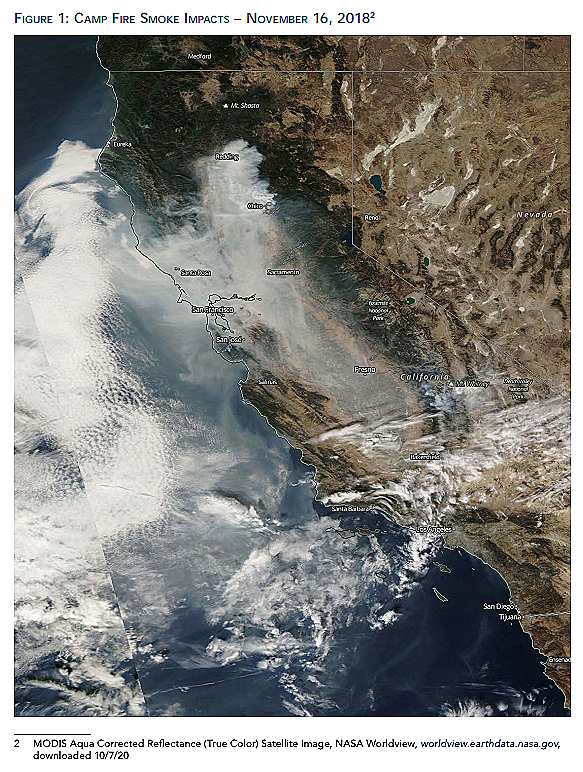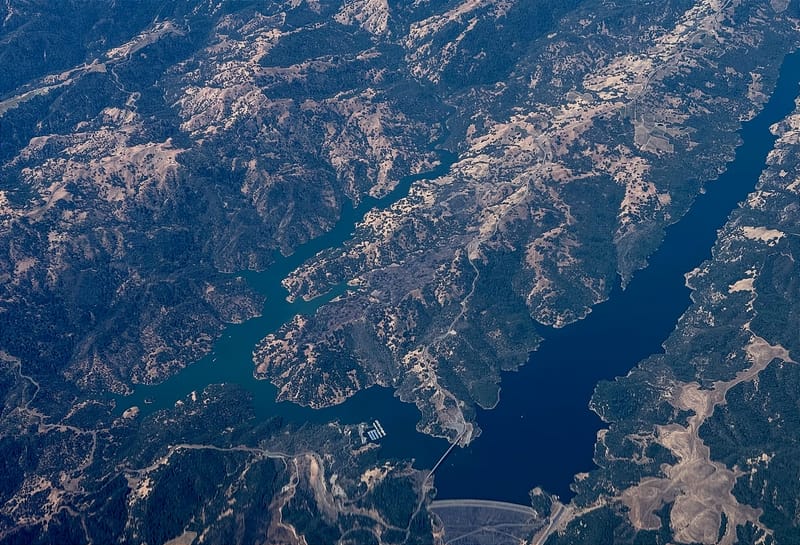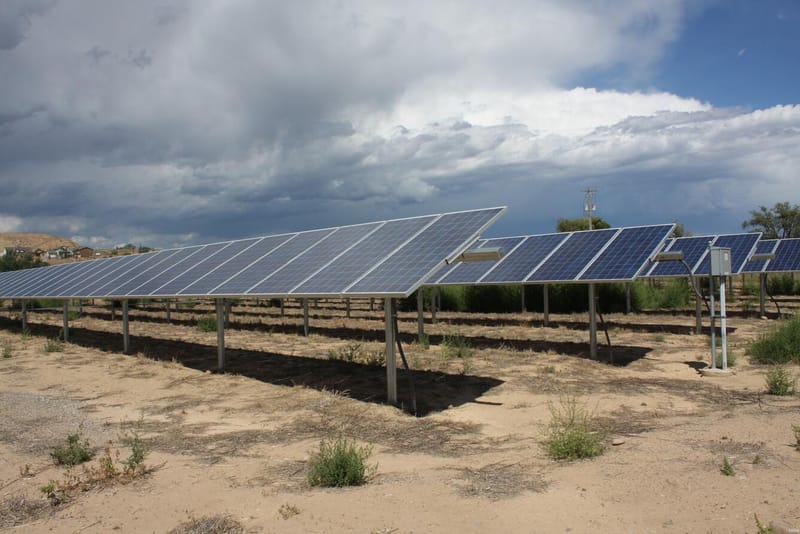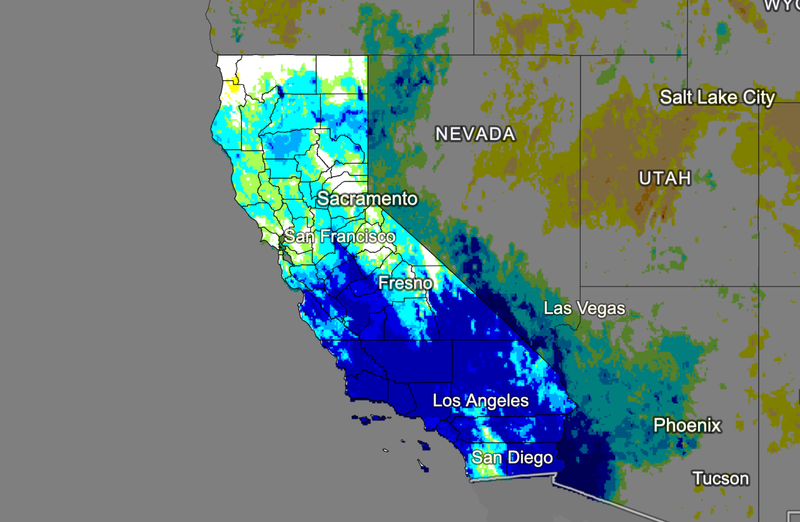California Air Resources Board releases detailed Camp Fire air quality analysis
The California Air Resources Board's detailed analysis of the 2018 Camp Fire reveals alarming levels of toxic pollutants, including lead and zinc, highlighting severe air quality and health impacts

The California Air Resources Board (CARB) has made public their detailed analysis of air quality data from the 2018 Camp Fire, shedding light on the devastating environmental and health impacts of California's deadliest wildfire. The report underscores the urgency of addressing pollution from wildfires that burn structures, emphasizing the unique and widespread harm caused by the Camp Fire.
Key Findings from the Analysis
The Camp Fire, which consumed nearly 19,000 structures and most of the town of Paradise, released a dense plume of smoke laden with hazardous pollutants. Unlike typical wildfires that primarily burn vegetation, the Camp Fire produced high levels of toxic metals such as lead and zinc, which were detected in areas as far as 150 miles away, including Modesto and San Jose.
- Elevated Particulate Matter (PM2.5): The study revealed that PM2.5 levels during the Camp Fire were more than three times the average for the same period in previous years. These ultrafine particles, capable of penetrating deep into the lungs and bloodstream, pose serious risks to respiratory and cardiovascular health.
- Toxic Metals: Significant increases in lead and zinc levels were observed, with Chico showing the highest concentrations of lead. According to CARB, even short-term exposure to lead can have profound health implications, particularly for children, who are more vulnerable to its effects.
- Comparative Analysis: Data from the Camp Fire was compared with three other 2018 wildfires. While all fires showed elevated PM2.5 levels, the Camp Fire was unique in the extent of structural burning and the resultant toxic emissions.

Health and Environmental Impacts
The report draws a stark comparison between air pollution from the Camp Fire and industrial pollution levels commonly seen in China and India, stating:
The short-term spikes in particulate matter from the Camp Fire and other wildfires included in this analysis were comparable to industrial and mobile source pollution levels seen in countries like China and India.
Short-term exposure to such high concentrations of PM2.5 has been linked to increases in asthma severity, respiratory infections, and hospital admissions, while long-term exposure is associated with chronic conditions like reduced lung function and heart disease.
Research and Monitoring Efforts
CARB is expanding its research and monitoring capabilities to better understand the health impacts of wildfire smoke. Current studies include examining the long-term effects of wildfire exposure on primates and investigating links between short-term exposure to PM2.5 and asthma attacks.
The board also announced plans to enhance wildfire pollution monitoring, particularly during events involving extensive structure burning. Proposed measures include deploying portable air samplers and collaborating more closely with CalOES to improve public access to detailed air quality information.
A Call to Action
CARB's analysis emphasizes the need for more robust wildfire preparedness and pollution mitigation strategies. With the increasing frequency of catastrophic wildfires in California, understanding and addressing their environmental and health impacts is critical.






